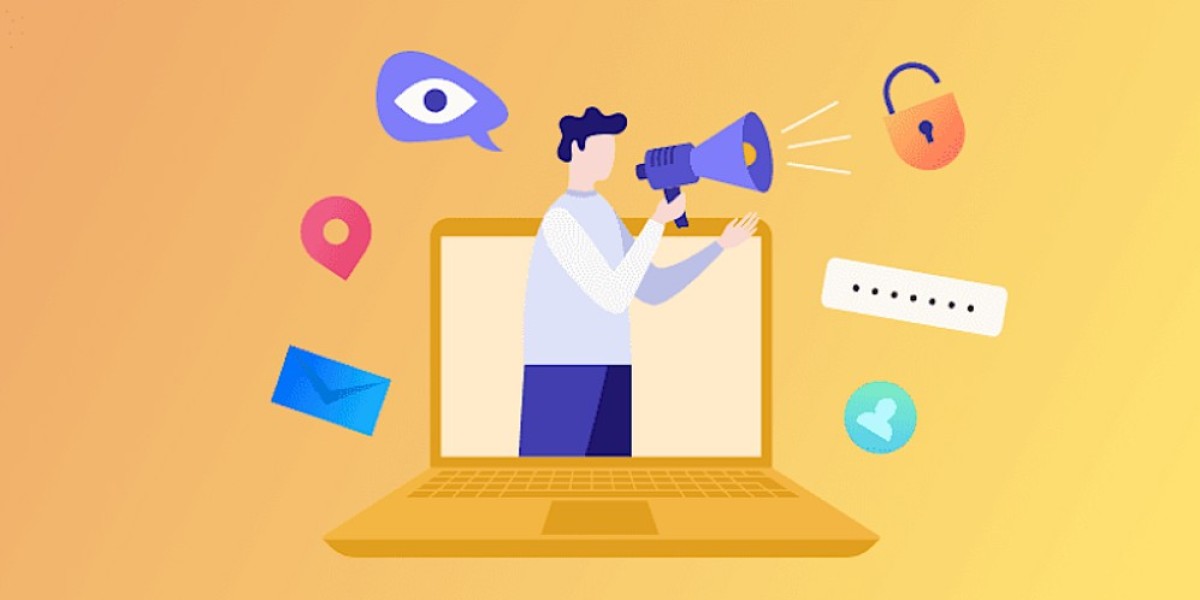Online Safety Practices for the Digital Age
In today's hyperconnected world, our digital behaviors can have serious consequences. Many of us engage in risky online practices without realizing the potential harm they can cause. Let's examine some common digital missteps and explore better alternatives.
Password Management Failures
Despite countless warnings, password security remains a critical weakness for many internet users. Studies consistently show people choosing predictable combinations like sequential numbers, keyboard patterns, or personal information. These weak passwords are easily compromised through various methods:
• Dark web marketplaces where stolen credentials are bought and sold
• Automated brute force attacks that can crack short passwords in hours
• Dictionary attacks targeting common word combinations
• Sophisticated phishing schemes designed to trick you into revealing login information
The problem extends beyond weak passwords. Using identical credentials across multiple platforms creates a dangerous domino effect—one breach potentially compromises all your accounts. Sharing passwords through unsecured channels like email or messaging apps further compounds these risks.
For better protection:
• Create complex passwords with mixed characters, numbers, and symbols
• Ensure sufficient length (12+ characters)
• Avoid obvious personal information or keyboard patterns
• Use unique passwords for each account
• Consider a secure password manager for sharing credentials when necessary
Data Storage Vulnerabilities
Our digital footprint generates massive amounts of data. Some is collected without our knowledge, while other information we deliberately store for convenience. However, this convenience comes with significant security implications.
Saving passwords in browsers or storing credit card details on websites might save time, but it creates vulnerability points. Similarly, cloud storage offers accessibility but introduces risks if not properly secured. Data at rest (stored information) faces threats from hackers, device theft, and unauthorized access on shared devices.
To safeguard your data:
• Avoid storing sensitive information on shared devices
• Be selective about what you save in browsers
• Research cloud providers thoroughly before use
• Implement encryption for important files
• Consider local backup solutions for critical information
Public Network Dangers
Connecting to unsecured public Wi-Fi networks represents one of the most significant digital risks. These networks typically offer minimal security, making your activities vulnerable to interception. Without protection, everything from casual browsing to banking transactions becomes exposed.
The most effective protection when using public networks is a Virtual Private Network (VPN). This technology encrypts your connection, making your data unreadable even if intercepted. Without such protection, you should avoid:
• Accessing financial accounts
• Making online purchases
• Entering personal information
• Logging into sensitive accounts
Software Security Oversights
Many users unknowingly compromise their security through poor software management practices. Downloading applications from unofficial sources might expose your system to malware, even if the software itself is legitimate. Equally problematic is neglecting software updates, which often contain critical security patches.
Best practices include:
• Download software only from official sources
• Research applications before installation
• Enable automatic updates when possible
• Promptly install security patches
• Use reputable antivirus protection
Browsing Security Basics
Even routine internet browsing requires vigilance. Verify websites use HTTPS encryption before sharing information—the "s" indicates a secure connection. Without this protection, your data travels unencrypted and vulnerable to interception.
By addressing these common digital security mistakes, you can significantly reduce your risk exposure in today's challenging online landscape. Remember that digital security requires ongoing attention rather than one-time fixes.Leaving digital doors unlocked invites trouble in our connected world. Many remain unaware how daily choices expose sensitive data.
Your gadgets constantly broadcast details about you
often without clear consent
Default configurations frequently share location histories
while background services transmit behavior patterns
Such passive data leaks feel particularly invasive
Permission blindness poses another silent threat
Applications routinely demand unnecessary access to cameras
contacts
or entire storage systems
Scrutinize those pop-up requests
denying anything beyond absolute necessities
Why would a simple game need microphone rights?
Network neglect creates open highways for intruders
Unsecured home Wi-Fi with factory passwords
public hotspots without encryption
these become playgrounds for data thieves
Consider your router the castle gate
reinforce it accordingly
Security shortcuts compound vulnerabilities
Skipping secondary login verifications
ignoring privacy policy fine print
accepting shady connection invites
each lapse weakens defenses incrementally
Automation shouldn't mean complacency
Digital armor exists for these modern battles
Encryption shields your online movements
making even questionable habits less disastrous
Adjust settings proactively
install critical updates
and treat every permission dialog as vital
Your cyber-safety demands constant vigilance
Why People Need VPN Services to Unblock Porn
People increasingly turn to VPN services to unblock porn due to widespread geo-restrictions and government censorship of adult content across many regions. These services offer essential privacy protection by encrypting internet traffic, preventing ISPs from monitoring browsing activities or throttling bandwidth when accessing adult websites. Porn unblocked through VPNs provides users with anonymous access to content that may otherwise be restricted in their location, while also offering an additional layer of security when browsing sensitive material on public networks.
Why Choose SafeShell VPN to Access Adult Content
If people want to access region-restricted content of Porn by Porn unblock, they may want to consider the SafeShell VPN. SafeShell VPN combines strong, modern encryption with a large, global server network so you can mask your location and reliably unblock porn sites; its optimized connections are built to keep speeds high for smooth video playback while routing traffic through the proprietary ShellGuard protocol to keep your sessions private and hard to detect.
Beyond raw unblocking power, SafeShell VPN offers practical conveniences that improve everyday use: an App Mode for switching regional access without repeated reconnection, simultaneous protection across multiple devices, and easy-to-use clients for major platforms. Together these features reduce buffering and ISP throttling, simplify setup, and help maintain anonymity and peace of mind when you want to unblock porn sites or browse other region-locked content securely.
How to Use SafeShell VPN to Unlock Porn Sites
Using SafeShell VPN to access region-restricted adult content is straightforward and secure. Here's how to get started:
- Download SafeShell VPN from their official website and complete the installation process
- Create an account or log in with your existing credentials
- Launch the SafeShell VPN application on your device and connect to a server in the region where the content you want to access is available
- Once connected, verify your connection is secure by checking for the VPN icon in your status bar
- Open your preferred browser in private/incognito mode for additional privacy
- Navigate to the adult content website of your choice, which should now be accessible without regional restrictions
- If you encounter any issues, try switching to a different server location within SafeShell VPN's network
- Remember to disconnect from the VPN when finished to restore your normal connection



